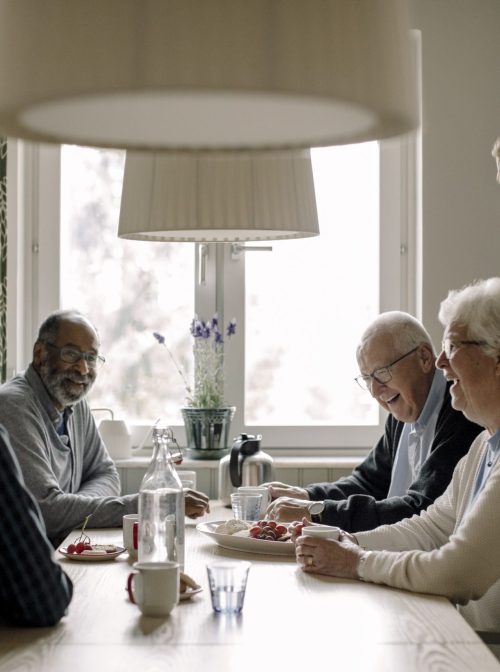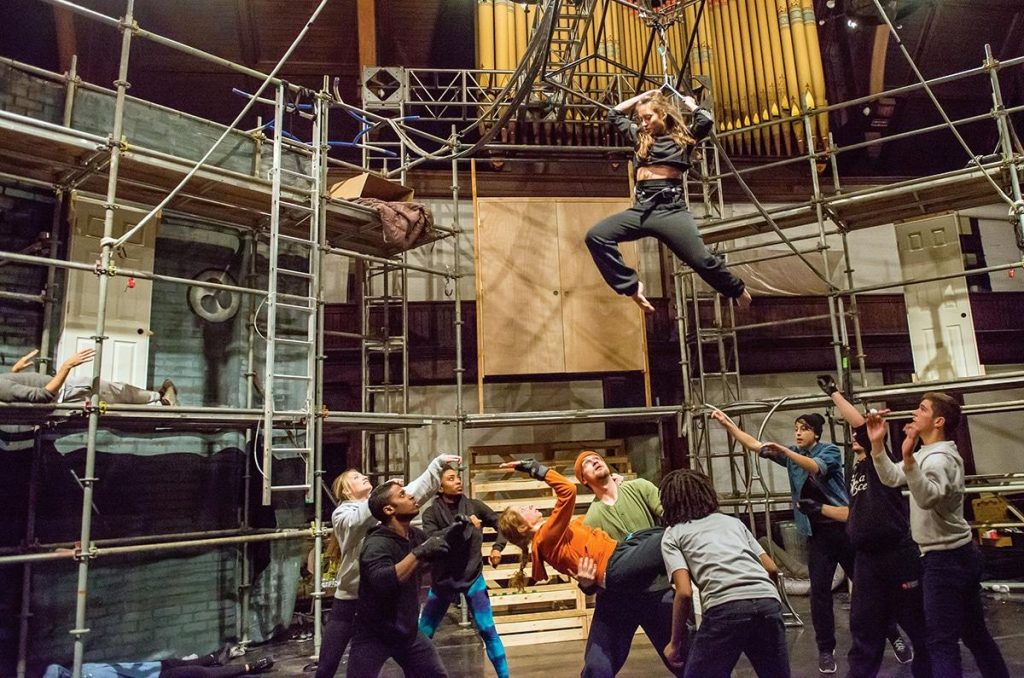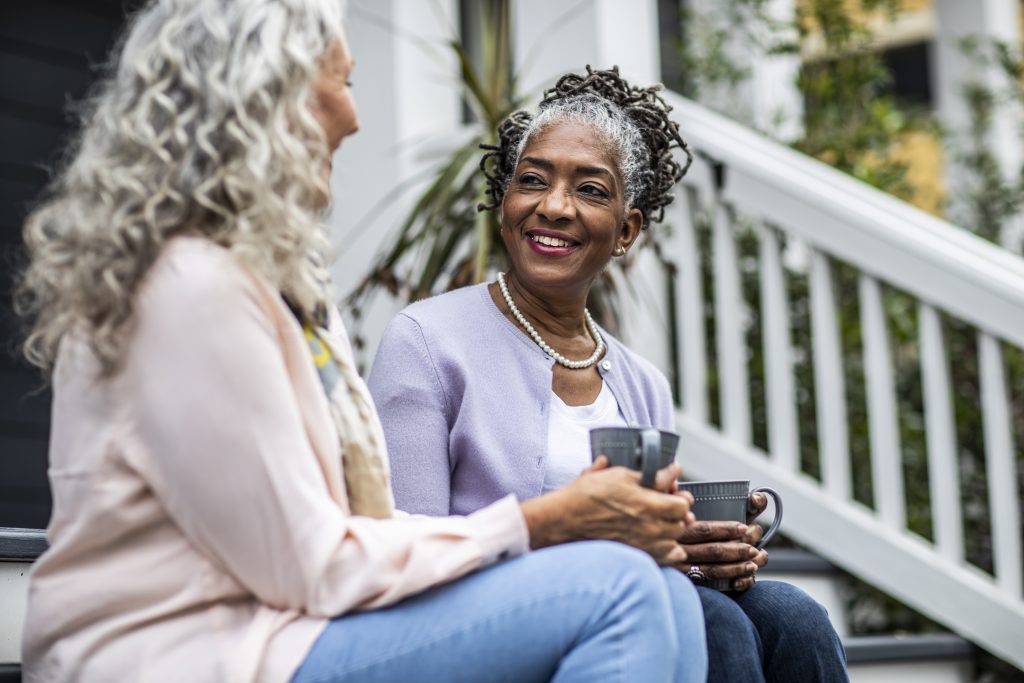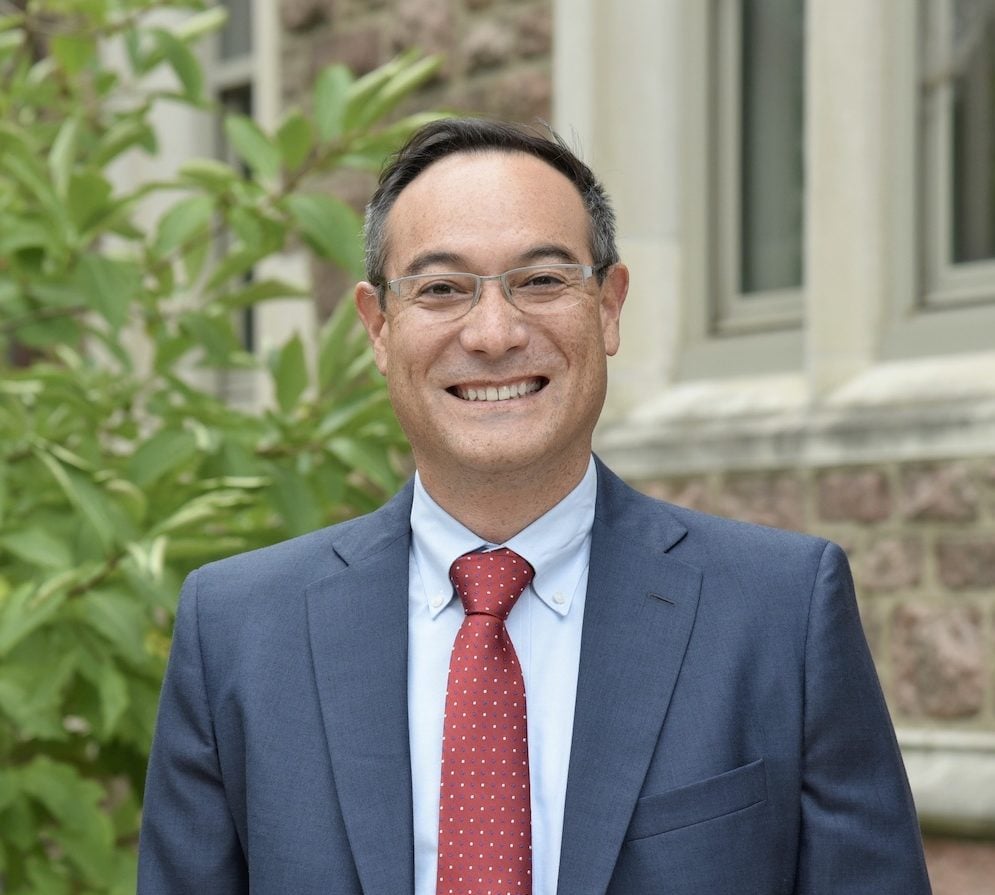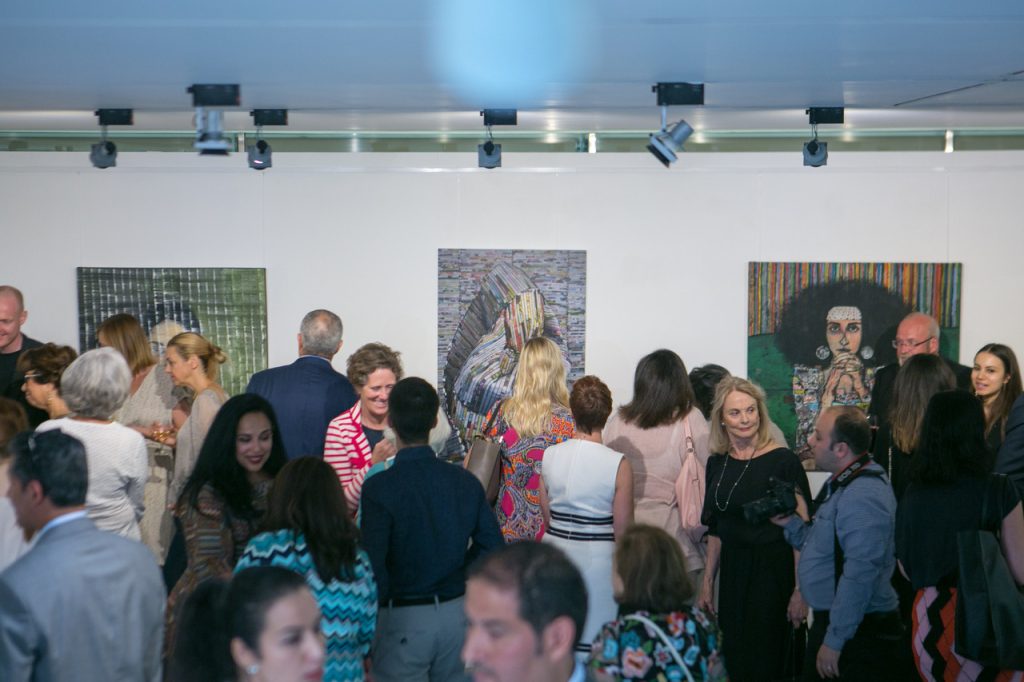I was sitting in the lobby of a senior-living nursing home in a low-income community. As I listened to my friend, Janet, recount the days of her youth, I smiled. “What an interesting life she has led!” I thought.
I noticed another resident heading toward our table. Instead of sitting with us, he bypassed our table. When I turned my head to see where he went, I noticed he sat at a table by himself. Upon further observation, I realized that every resident in the home was sitting by themselves.
I asked Janet why none of the residents were interacting with one another. Janet told me they did not seem to have anything in common. “Not even ONE thing in common?” I thought.
A nursing assistant, who was helping a resident with their wheelchair nearby, informed me that the nursing home did not have sufficient capacity or resources to organize activities for the residents to get to know one another. “Do you mind if I organize something?” I asked. “Go for it,” she responded.
As an interfaith and public health leader, I have trained in asset mapping skills. Asset mapping involves identifying the strengths and key resources of a community to uncover feasible solutions. With the nursing assistant, I mapped out the limited resources that the nursing home had available. Unfortunately, there was not an immediate solution.
I glanced around the room and noticed Janet. I smiled as I thought about her countless stories, and then the solution immediately dawned on me. The residents were the assets we needed, specifically their stories. I pitched an interfaith storytelling event to the nursing assistant, and she was supportive. She promoted the event to each resident in the nursing home, as she visited their rooms daily.
On the evening of the event, I stood in the middle of the lobby and shared a story about my experience growing up in America with parents who immigrated from India. A few friends, who I had asked to join the event, followed me by sharing stories specific to their worldviews and lives. The nursing assistant joined in, too.
Eventually, Janet shared a tale from her childhood. Over these stories, more residents in the nursing home started showing up to listen and share their own experiences. Eventually, the event sparked individual conversations among every resident in the nursing home.
As I looked around the room filled with residents loudly exchanging stories of their past, I could not believe I was sitting in the same room as before. The interpersonal connections also amazed the nursing assistant. She told me, “I never considered the stories of the residents as assets that I could use to make this a more community-oriented environment. We did not use any physical resources to organize this, so I can host these myself in the future.” It demonstrated the power of asset mapping to uncover innovative solutions to community challenges. It inspired me to train other public health professionals on how to leverage interfaith approaches to their work.
I recently co-led a workshop at the Conference on Medicine and Religion called “Interfaith Engagement & Medicine: Navigating Religious Diversity in Health Care Settings.” During this workshop, I trained public health workers on how to use key interfaith leadership skills, such as storytelling and asset mapping, to address community challenges — like the one I had at the nursing home. I believe that the more interfaith-oriented public health leaders there are, the stronger our community health systems can and will be.
Suraj Arshanapally, MPH is a Health Communication Specialist for the Centers for Disease Control and Prevention. Suraj holds an MPH in Social and Behavioral Sciences from Yale University and a BS in Public Health from Saint Louis University. He believes that interfaith cooperation is a vital component to a healthy society and enjoys using his interfaith leadership skills to address public health issues. Suraj is a member of the Emerging Leaders Network for Interfaith America. With Interfaith America, he has previously served as a Better Together Coach, Interfaith Innovation Fellow, Emerging Leaders Mentor, and a trainer for the Interfaith Leadership Summit.
This article was written by Suraj Arshanapally in his personal capacity. The opinions expressed in this article are the author’s own and do not reflect the view of the Centers for Disease Control and Prevention, the Department of Health and Human Services, or the United States government.
